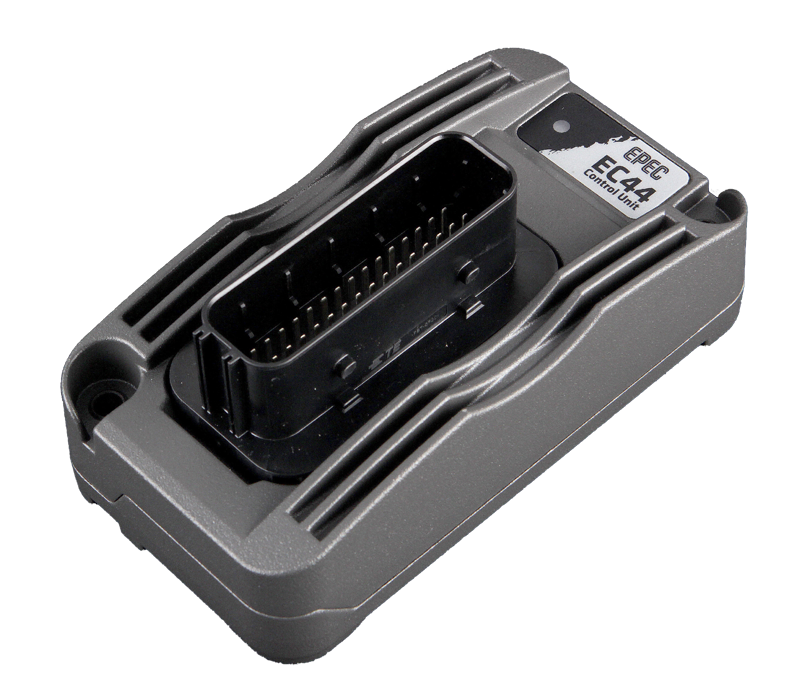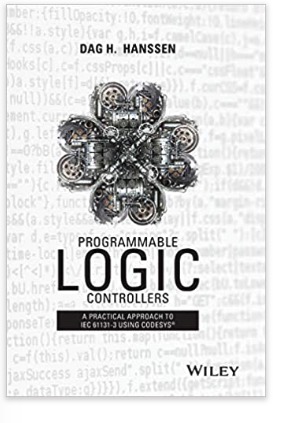Recent Posts
Control Unit With Two CAN Bus Ports Supports CoDeSys Programming
Posted by on
Epec has released the Ec44 control unit, representing a new member of the Epec product. The controller comes in a new enclosure and a 46-pin Leavyseal connector with lever locking.
The controller has a powerful 32-bit processor and large internal memory for application and parameters, two CAN Bus ports, Codesys 3.5 programming, and 16 inputs and outputs. The EC44 is suitable for multiple machine functions, and the IP69 protection class ensures continuous operation in demanding situations and conditions.
Other features of the product include a 1024 kbit/s customer application, up to 1 Mbit/s internal SRAM, status RGB LED, and support of Epec Multitool and PLC libraries.
Technical Features
- Processor: 32 bit CPU
- Application SRAM up to 1 Mbyte
- PLCopen application size: up to 1024 kbyte
- CAN: 2 ports
- I/O: 32 (16 inputs + 16 outputs)
- IP class: IP69
- Temperature range: -40 … + 85 °C; -40 … +185 °F
- Connectors: 1 x LEAVYSEAL 46 pins
- CODESYS version: 3.5
- Supported CAN protocols: CANopen, SAE J1939
- RGB diagnostic LED for quick status check and fault detection
Programmable Logic Controllers: A Practical Approach to IEC 61131-3 using CoDeSys
Extensively used across industrial and manufacturing automation, Programmable Logic Controllers (PLCs) perform a wide range of electromechanical tasks with multiple input and output arrangements, designed to cope in severe environmental conditions such as automotive and chemical plants.
Programmable Logic Controllers: A Practical Approach using CoDeSys is a hands-on guide to rapidly gain proficiency in the development and operation of PLCs based on the IEC 61131-3 standard. Using the freely-available* software tool CoDeSys, which is widely used in industrial design automation projects, the author takes a highly practical approach to PLC design using real-world examples. The design tool, CoDeSys, also features a built-in simulator/soft PLC enabling the reader to undertake exercises and test the models.
No prior knowledge of programming PLCs is assumed, making this text ideally suited to electronics engineering students pursuing a career in electronic design automation. Experienced PLC users in all fields of manufacturing will discover new possibilities and gain useful tips for more efficient and structured programming.
 Loading... Please wait...
Loading... Please wait...


